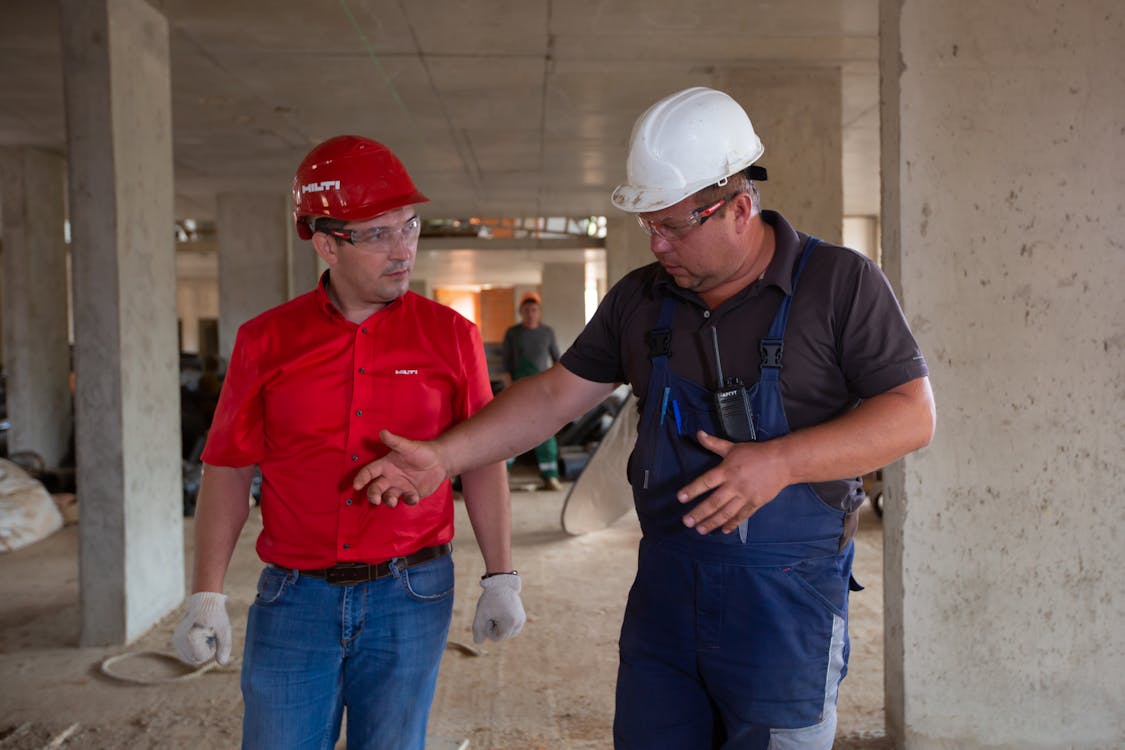The Impactful Work Of Commercial Builders In Melbourne
In the bustling metropolis of Melbourne, the skyline is not merely a collection of structures but a testament to the impactful work of commercial builders who shape the city's architectural identity. The vibrant and dynamic nature of Melbourne's commercial landscape is a result of the relentless efforts of these builders, who go beyond the traditional realms of construction. From towering office complexes to sleek retail spaces, commercial builders play a pivotal role in transforming architectural concepts into tangible urban marvels. As the heartbeat of Australia's second-largest city, these builders navigate a myriad of challenges, blending aesthetics with functionality and embracing sustainability initiatives that contribute to Melbourne's reputation as a global hub for innovative and sustainable urban development.
The work of commercial builders in Melbourne extends far beyond the steel and concrete structures they erect. Beyond the physical impact on the skyline, these builders are integral to the economic pulse of the city. They drive economic growth by creating spaces that attract businesses, foster job creation, and embody the city's commitment to sustainability. This two-fold influence, both visual and economic, underscores the profound significance of commercial builders in Melbourne, making them not just contributors to the city's infrastructure but architects of its future.
Transforming Melbourne's Skyline
Shaping Architectural Marvels
Commercial builders in Melbourne are responsible for the construction of iconic structures that define the city's skyline. From towering office buildings to stylish retail spaces, these builders bring architectural visions to life. The cityscape is a testament to their expertise, with structures that seamlessly blend modern design with the city's historical charm.
Balancing Aesthetics and Functionality
One of the key challenges faced by commercial builders is striking the right balance between aesthetics and functionality. Melbourne's diverse architecture demands a nuanced approach, considering both the visual appeal and the practical needs of the occupants. Builders collaborate with architects, engineers, and designers to ensure that each project not only looks impressive but also serves its intended purpose efficiently. Connect with industry-leading commercial builders in Melbourne for your business needs.

Economic Impact and Job Creation
Driving Economic Growth
The construction industry, led by commercial builders, plays a crucial role in Melbourne's economic growth. The development of commercial spaces stimulates economic activity by attracting businesses, creating job opportunities, and fostering innovation. Melbourne's status as a global economic hub is, in part, a reflection of the relentless efforts of commercial builders in expanding and enhancing the city's commercial infrastructure.
Job Creation and Skill Development
The impact of commercial builders goes beyond the physical structures they erect. These projects create a multitude of jobs, from skilled labor on construction sites to professionals in design and project management. The construction industry provides a platform for skill development and apprenticeships, contributing to the overall workforce development in Melbourne.
Sustainability Initiatives in Construction
Green Building Practices
As Melbourne strives to be a sustainable and environmentally conscious city, commercial builders are increasingly incorporating green building practices into their projects. From energy-efficient designs to the use of eco-friendly materials, builders are taking steps to minimize the environmental footprint of commercial constructions. This shift towards sustainability not only benefits the environment but also aligns with the city's commitment to being a leader in sustainable urban development.
Adapting to Climate Challenges
Commercial builders in Melbourne face unique challenges related to the city's climate. From extreme heat to occasional storms, builders must adapt construction methods and materials to withstand these conditions. The integration of climate-resilient features in commercial structures not only ensures durability but also contributes to the overall resilience of the city's infrastructure.
Challenges in Commercial Construction
- Regulatory Compliance: Navigating a complex web of building codes, safety standards, and environmental regulations poses a persistent challenge for commercial builders in Melbourne.
- Project Management Complexity: The scale and intricacy of commercial construction projects demand sophisticated project management to coordinate diverse teams, manage timelines, and ensure adherence to budget constraints.
- Supply Chain Disruptions: Commercial builders grapple with supply chain challenges, including material shortages and price fluctuations, impacting project timelines and costs.
- Skilled Labor Shortages: The industry faces a shortage of skilled labor, from construction workers to specialized professionals, affecting project efficiency and timelines.
- Technological Integration: Keeping pace with rapidly advancing construction technologies requires ongoing investment and adaptation, posing a challenge for builders aiming to stay at the forefront of industry advancements.
- Environmental Considerations: Adapting to Melbourne's climate challenges and incorporating sustainable practices demand innovative solutions, often requiring additional resources and expertise.

Community Impact and Corporate Responsibility
Enhancing Livability
Commercial builders contribute to the overall livability of Melbourne by creating spaces that enhance the quality of life for residents. Retail complexes, recreational facilities, and mixed-use developments contribute to the city's social fabric, providing spaces for community engagement and cultural activities.
Corporate Social Responsibility
Many commercial builders in Melbourne actively engage in corporate social responsibility initiatives. This includes community outreach programs, sustainable construction practices, and investments in local education and infrastructure. These efforts reflect a commitment to not only construct buildings but to contribute positively to the broader community.

